Marché de Tongin (통인시장)
9.0Km 2022-12-13
18, Jahamun-ro 15-gil, Jongno-gu, Seoul
+82-2-722-0911
Le marché de Tongin a été crée en juin 1941 sous l’occupation japonaise. Après la guerre du 25 juin, le région de Seochong a connu une hausse de la consommation causée par la soudaine croissance démographique. Des boutiques et des magasins se sont créés sous forme de marché public.
Le marché public Tongin se compose de 75 restaurants dont principalement des restaurants et des magasins de banchans (petits plats d'accompagnements) qui livrent des produits frais : poissons, fruits et légumes. D’autres commerces de vêtements, chaussures et retouches sont présents sur le marché.
Festival des lanternes 'Bitchorong' de Séoul (서울빛초롱축제)
9.0Km 2023-11-20
172, Sejong-daero, Jongno-gu, Seoul
SA. Comité d'organisation du festival Bitchorong de Séoul / Marketing du tourisme à Séoul
Ce festival nocturne bien connu à Séoul permet d'apprécier de magnifiques illuminations dans de hauts lieux du tourisme à Séoul. Ce festival qui a débuté en 2009 sous le nom de 'Festival des lanternes de Séoul' a changé son nom en 'Festival Bitchorong de Séoul'. L'édition 2023 marque également l'expansion du festival qui aura lieu sur la place Gwanghwamun, la place Cheonggye et la place de Séoul. Le festival propose également un marché avec des services de restauration sur la place Gwanghwamun.
Festival des lanternes de lotus (연등회)
9.0Km 2024-04-30
55, Ujeongguk-ro, Jongno-gu, Séoul
• Centre d'appels 1330 : +82-2-1330 (coréen, anglais, japonais, chinois) • Pour obtenir plus d'info : +82-2-2011-1744~7 (uniquement coréen)
Ce festival très ancien ayant ses origines dans le royaume de Silla, fait figure d'événement phare en Corée. Cet événement est par ailleurs inscrit au patrimoine culturel immatériel de l'Unesco et classé comme patrimoine traditionnel national en Corée.
En illuminant les lanternes, le festival vise à souhaiter également "l'illumination" de l'esprit des voyageurs pour un monde plus serein et empli de bonheur.
Yangyeon Hwaro(양연화로)
9.0Km 2020-11-19
18, Samil-daero, 17-gil, Jongno-gu, Seoul
+82-2-3210-0808
A Korean BBQ restaurant. The most famous menu is grilled pork belly. A barbecue specialty restaurant located in Jongno, Seoul.
Mayfield Hotel (메이필드호텔)
9.1Km 2021-10-09
94, Banghwa-daero, Gangseo-gu, Seoul
+82-2-2660-9000
Mayfield Hotel, located near the forest, provides a view of the changes in the sceneries throughout the year. The hotel connects the city to the airport, being only 5 minutes from Gimpo International Airport and 30 minutes from Incheon International Airport. The hotel has 8 building structures in a large 105,785.60 ㎡ plot of land. The main building with 6 floors and a basement floor has guestrooms, a lounge, a western restaurant, a traditional Korean restaurant, and an outdoor lounge. Conference Building has large halls for international conferences and various events, while another building is for weddings and wedding receptions.
The hotel offers a wide variety of rooms from one of its 202 cozy rooms including ondol rooms and suite rooms. Subsidiary facilities include a fitness center, a botanical garden and more.
Nak Won - Mayfield Hotel (낙원 (메이필드호텔))
9.1Km 2020-05-08
94, Banghwa-daero, Gangseo-gu, Seoul
+82-2-2660-9010
Nak Won is a Korean restaurant located in a natural setting. It has a large clean hall and traditional Korean-style rooms for family, business, and other forms of group dining. Nak Won has a large garden with trees and grass. It’s been specializing in galbi for 26 years.
Bongraeheon (Mayfield Hotel) (봉래헌(메이필드호텔))
9.1Km 2020-04-28
94, Banghwa-daero, Gangseo-gu, Seoul
+82-2-2660-9020
Bongraeheon serves savory royal Korean dishes in a great natural environment. It was designated a Proud Korean Restaurant in 2007 by the Seoul Metropolitan Government. It is located in a traditional Korean building built by Lee Il-gu, a master carpenter and Human Cultural Property who participated in the restoration of Gyeongbokgung Palace. With high ceilings, the whole building has a soothing smell of pine. It’s a popular place for business dining as well as the first meeting between the parents of soon-to-be bride and groom. The restaurant specializes in course meals including gujeolpan, geonoljeolpan, sinseonno, jeonbokcho, hanbang kkorijjim, and stone baked mushrooms.
Ogu Banjeom (오구반점)
9.1Km 2021-03-29
60, Supyo-ro, Jung-gu, Seoul
+82-2-2267-0516
It is a store that has been in operation since 1953. This Chinese (cuisine) restaurant is located in Jung-gu, Seoul. The most famous menu is pan-fried dumpling.
Hotel President (프레지던트 호텔)
9.1Km 2021-06-17
16, Eulji-ro 12-gil, Jung-gu, Seoul
+82-2-753-3131
Hotel President is located in the center of downtown Seoul, in front of Seoul Plaza. Nearby attractions include royal palaces, the financial area, a business area, and shopping street, perfect for convenience and completing successful business. Hotel services include a business center and tour desk for the perfect mix of business and pleasure. The hotel offers a 24-hour reception desk, as well as dry cleaning and room service. The 303 guestrooms come in a range of sizes from single to suites, with a choice of view between Seoul City Hall or Namsan Mountain.
Yejiwon (예지원)
9.1Km 2017-02-28
72, Jangchungdan-ro, Jung-gu, Seoul-si
+82-2-2253-2211
Yejiwon est situé à Séoul dans le quartier Jangchung-dong, l'établissement offre des cours sur les bonnes manières à la coréenne depuis son ouverture le 16 septembre 1974. Le centre permet aussi aux visiteurs étrangers de découvrir la culture coréenne.
La plupart des programmes sont de courte durée, il est possible de réserver votre place sur le site web jusqu'à 15 jours à l'avance cependant les réservations ne sont possibles que pour les groupes d'au moins 10 personnes et les cours sont donnés en coréen.

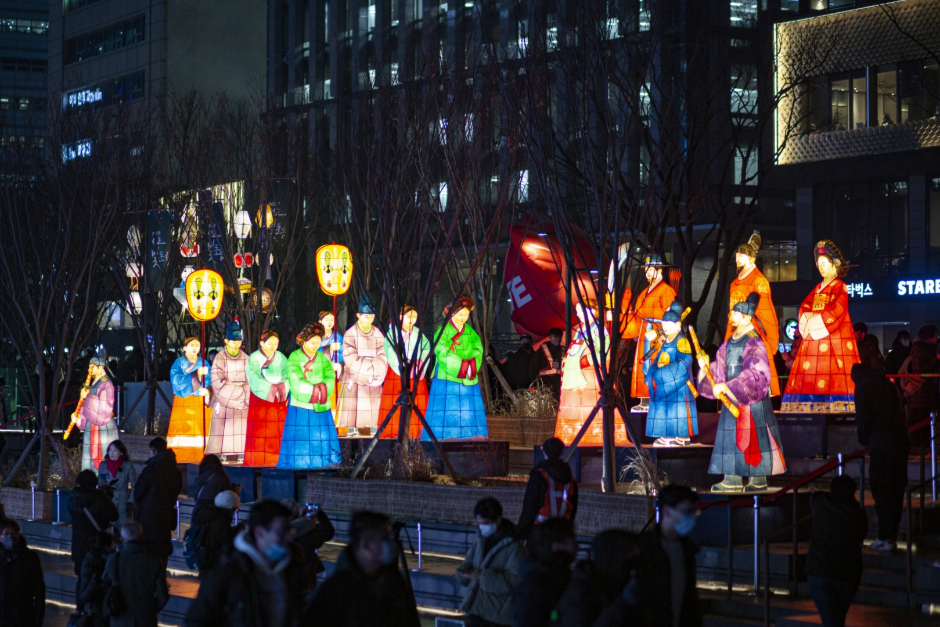
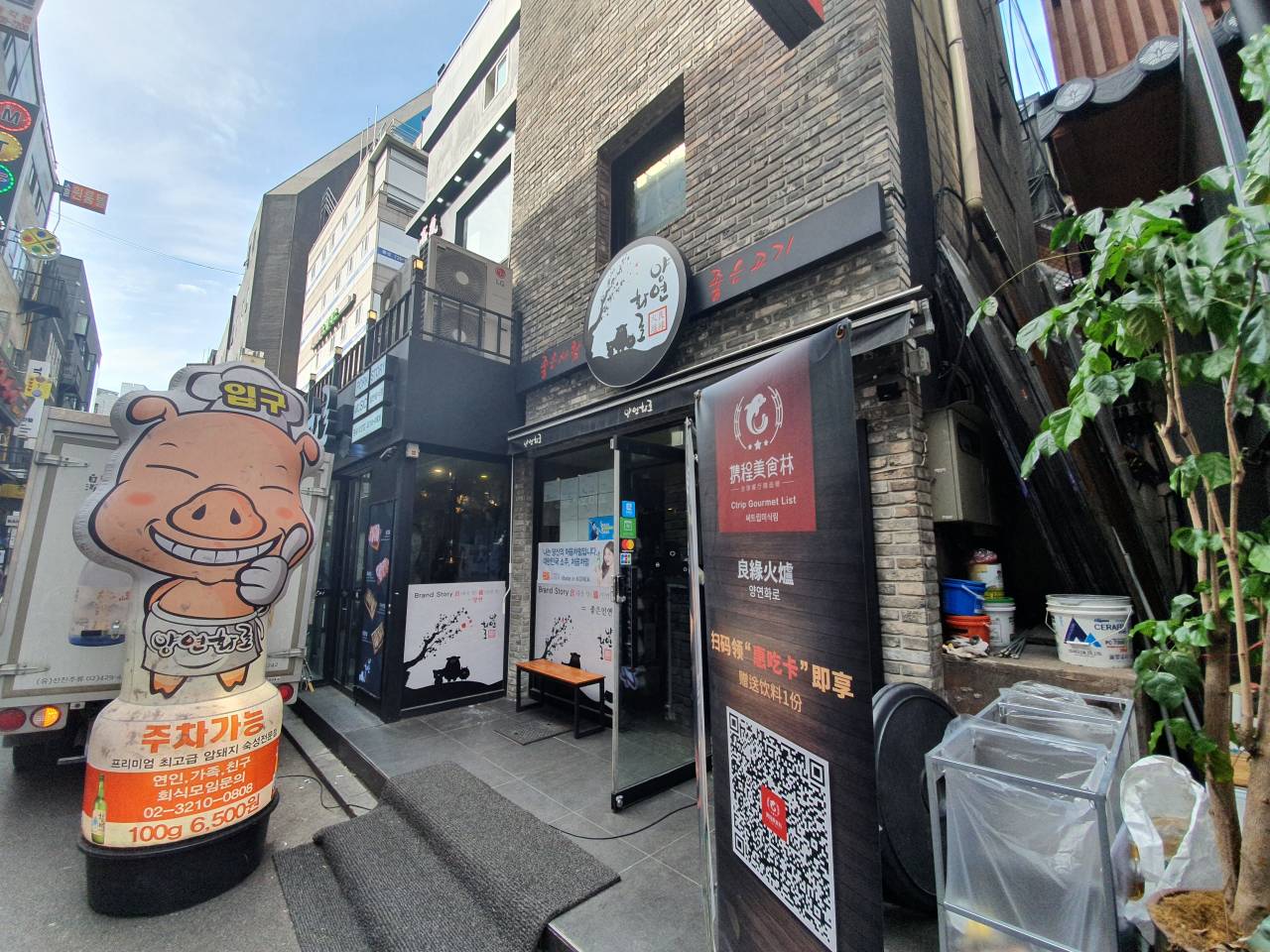
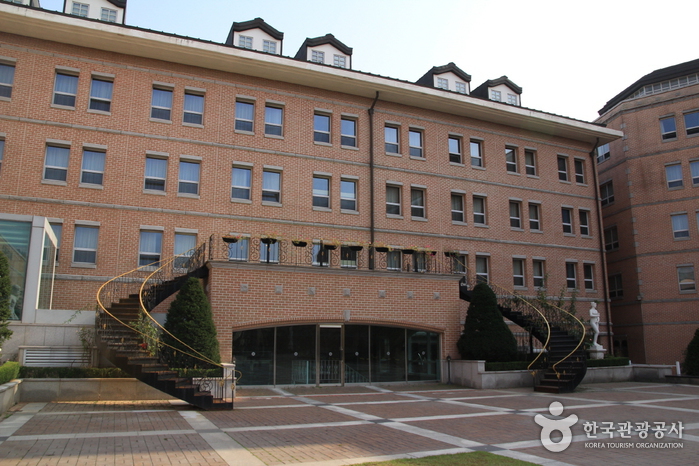
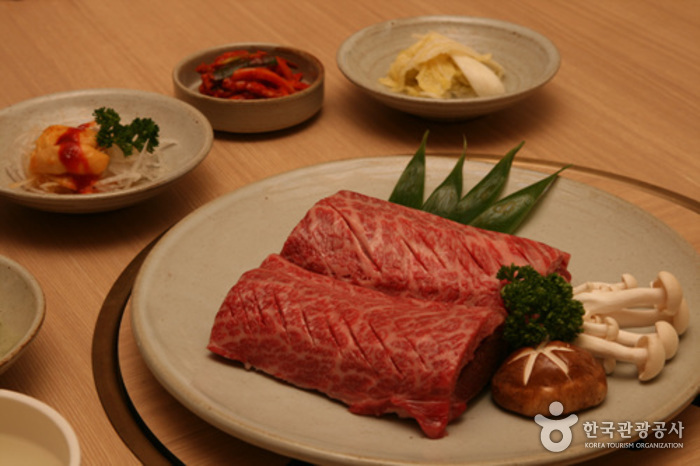
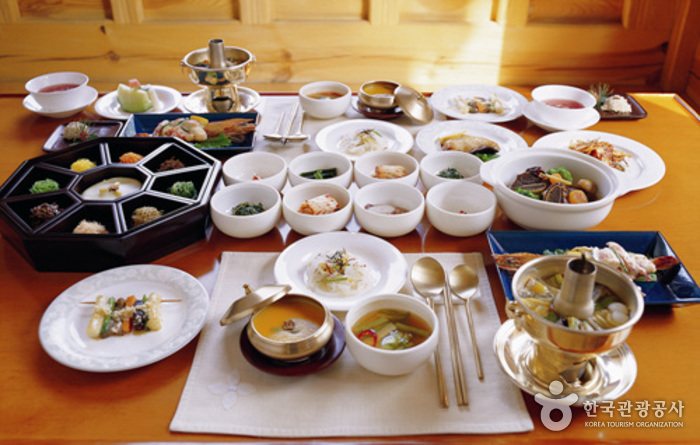
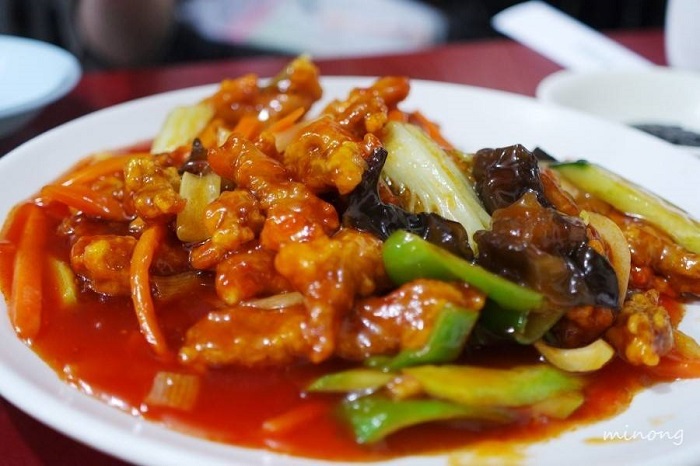
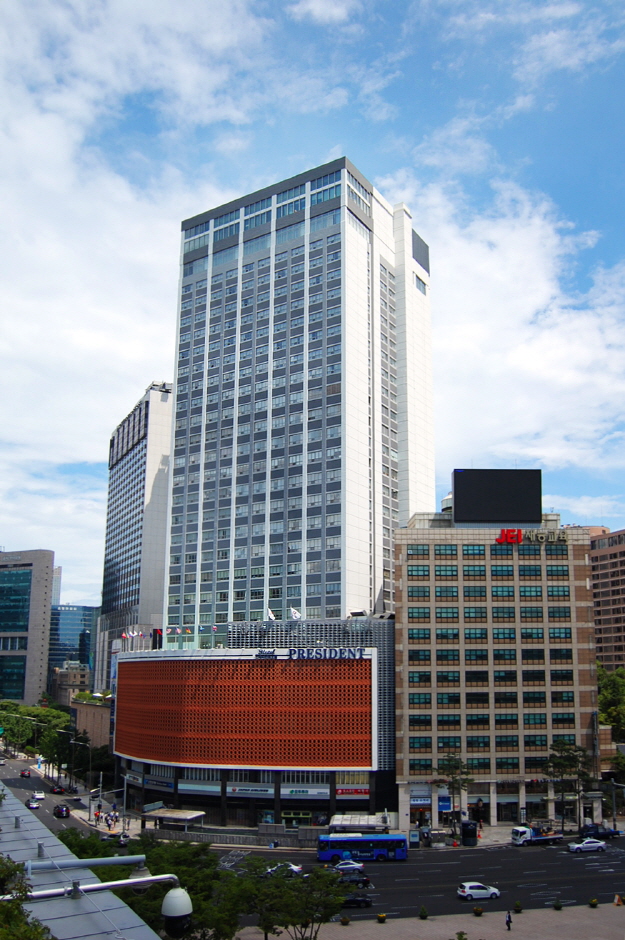
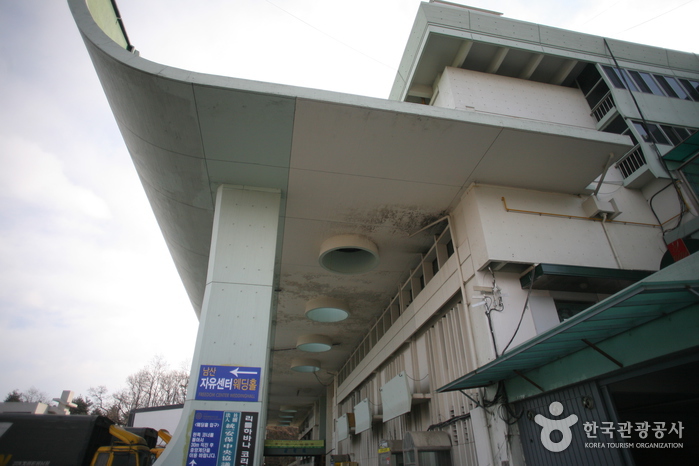
 Français
Français
 한국어
한국어 English
English 日本語
日本語 中文(简体)
中文(简体) Deutsch
Deutsch Español
Español Русский
Русский